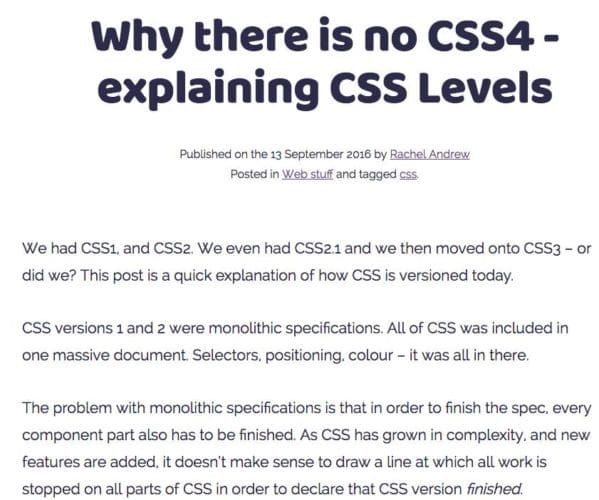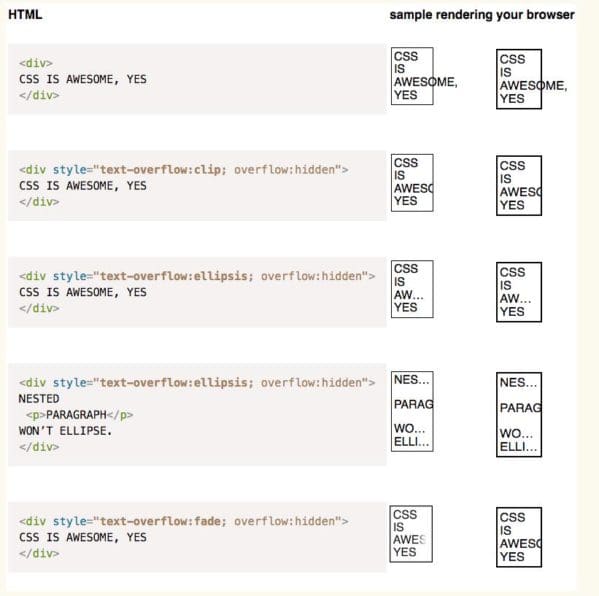Yesterday, upon the stair/
I saw a web design standard that was not there/
It was not there again today/
Gee, I wish it’d go away…
Years ago, I helped the lovely & brilliant Janine Warner create books, classes and training videos about web design. This was like taking an advanced course in web design, because there’s nothing like having to teach somebody something to make you go and have to really it learn it yourself.
The big obstacle to web design is, and always has been, trying to use the existing, limited-by-legacy web technologies to make pages look spiffy, while also ensuring that they still render on old computers used by stubborn coots still limping along with Windows XP and IE6.
(timeout while web designers reading this post have a brief convulsive fit and leave to gulp a shot of grain alcohol)
CSS 3 has worked, sort of, to help us all create responsive web pages that display on desktop, tablet and smartphone platforms. You’re all familiar with the effect – but if not, just click your mouse (assuming you are on desktop) on the corner of this browser and drag it back and forth and watch all the stuff squish and expand. On the mobile deck(s), try turning the device sideways and then back to portrait mode.
But the years pass, Moore’s Law keeps on chugging along, and more and more devices with displays are coming online that we need to design for (although I don’t know how many people are ever going to read this blog on the screen on their toaster. But if so, howdy, and don’t use a fork to pry the burnt bagel out!). So we need to move on from CSS 3 to the logical next step, which would be CSS 4.
Only, nobody can really quite figure out WTF that means, or even if we have already done so, and just haven’t gotten around to fixing the nomenclature just yet, or even if there is no such thing …Â

there is no such thing as css 4. move along. nothing to see here. and yes, this is deliberately lowercase because my brain can’t quite make my thumbs hit the shift key while typing at the moment…
Meanwhile, we’re also getting lists of all the CSS 4 selectors. Opinions differ, but the most often cited number of selectors is 22.
According to the W3C documentation, the point of CSS 4 seems to be to try to fix the display problems that have been tormenting designers for the past few years, and have NOTHING AT ALL to do with security, privacy, or any of the other issues that are of such urgent interest on the web right now.
In the intervening years, we’ve been seeing the rise of other web technologies, like Bootstrap, Foundation, Skeleton, etc. etc. that sit on top of CSS 3 and try to fix all the things that suck so very hard about trying to build pages that actually work, dammit! And in the past year, we’re starting to see more and more fragmentation, as developers grind away at stacking ANOTHER layer atop the house o’ cards of web technologies to try to fix the problems that, well, if we’re being honest, are probably stuff that paying customers have run into that they’ve gotten a bug up their collective asses about.
Meanwhile, for all the rest of us:


